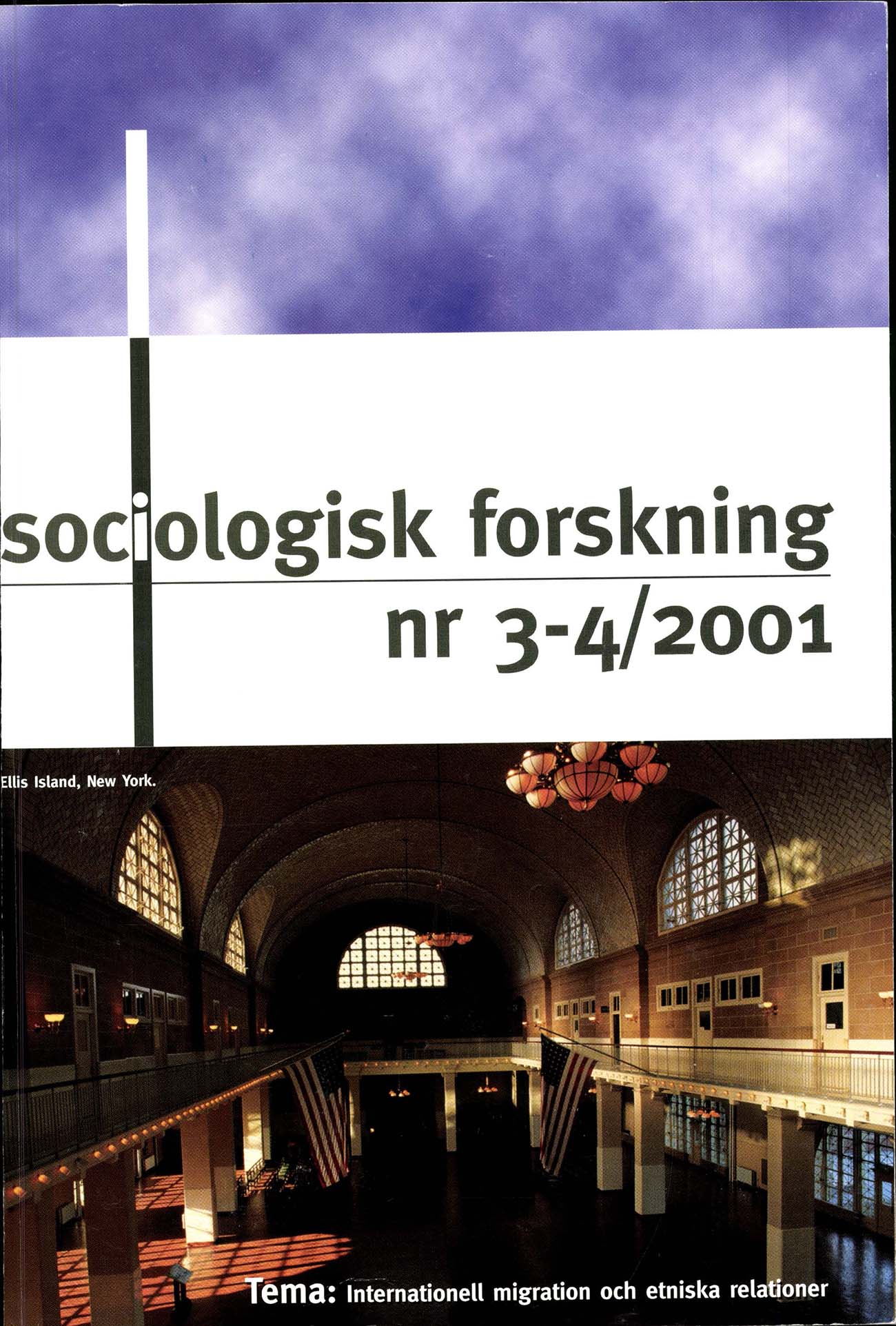Socialbidrag bland invandrare
erfarenheter från Sverige
DOI:
https://doi.org/10.37062/sf.38.19458Nyckelord:
social assistance, immigrants, assimilationAbstract
Immigrants on social assistance: experiences from Sweden
In this study differences in social assistance recipiency in Sweden between foreign born and Swedish born are analysed for the period of 1983-1995, using a large data set, consisting of two random samples from the total population; 1 percent of the native population and 10 percent of foreign born. Both the numbers of recipients of social assistance and immigration increased in Sweden in the 1990s. We find that the number of recipients of social assistance varies dramatically between groups of immigrants of different origins. The overrepresentation for immigrants can not be explained by observable socio-economic characteristics. However, using a logit multivariate model, we find that the utilisation of social assistance decreases with time spent in Sweden - irrespective of level of education and reasons for migrating. But the pace of economic assimilation is slow. For some immigrant groups it takes two decades until their social assistance recipiency is equivalent to that of a Swedish born person. Analysing the years 1983 and 1995 we find that the increase in social assistance recipiency almost exclusively can be ascribed to recently immigrated groups.
Downloads
Publicerad
Referera så här
Nummer
Sektion
Licens
Allt material i Sociologisk Forskning publiceras med omedelbar öppen tillgång (open access), under Creative Commons-licensen CC BY-NC-ND 4.0.
Allt innehåll i tidskriften är fritt tillgängligt utan kostnad och får för icke-kommersiella syften fritt läsas, laddas ned, kopieras, delas, skrivas ut och länkas. Innehållet får dock inte ändras. När innehållet används måste författare och källa anges. Upphovsrätten till innehållet tillhör respektive författare. Inga publiceringsavgifter tas ut.





